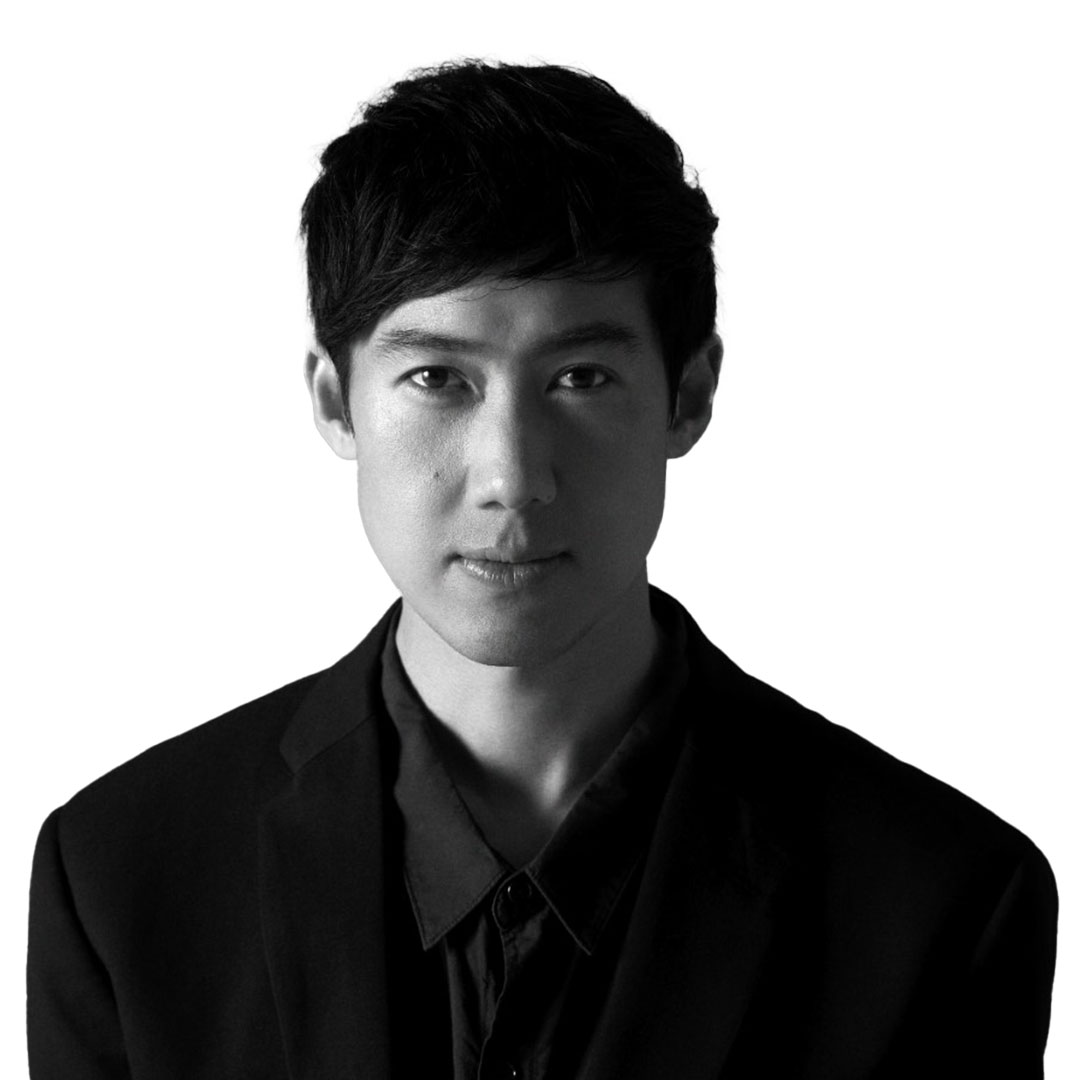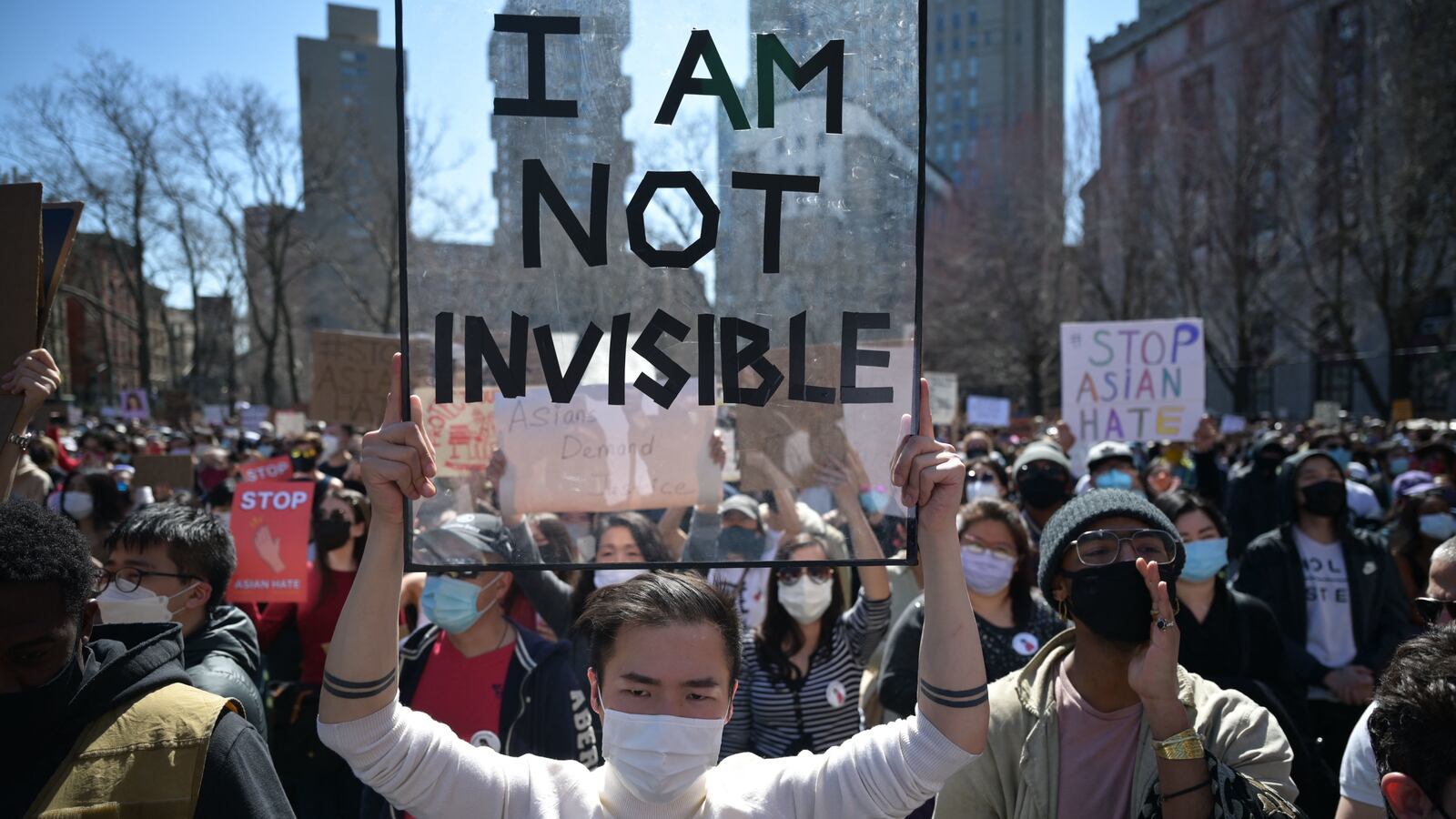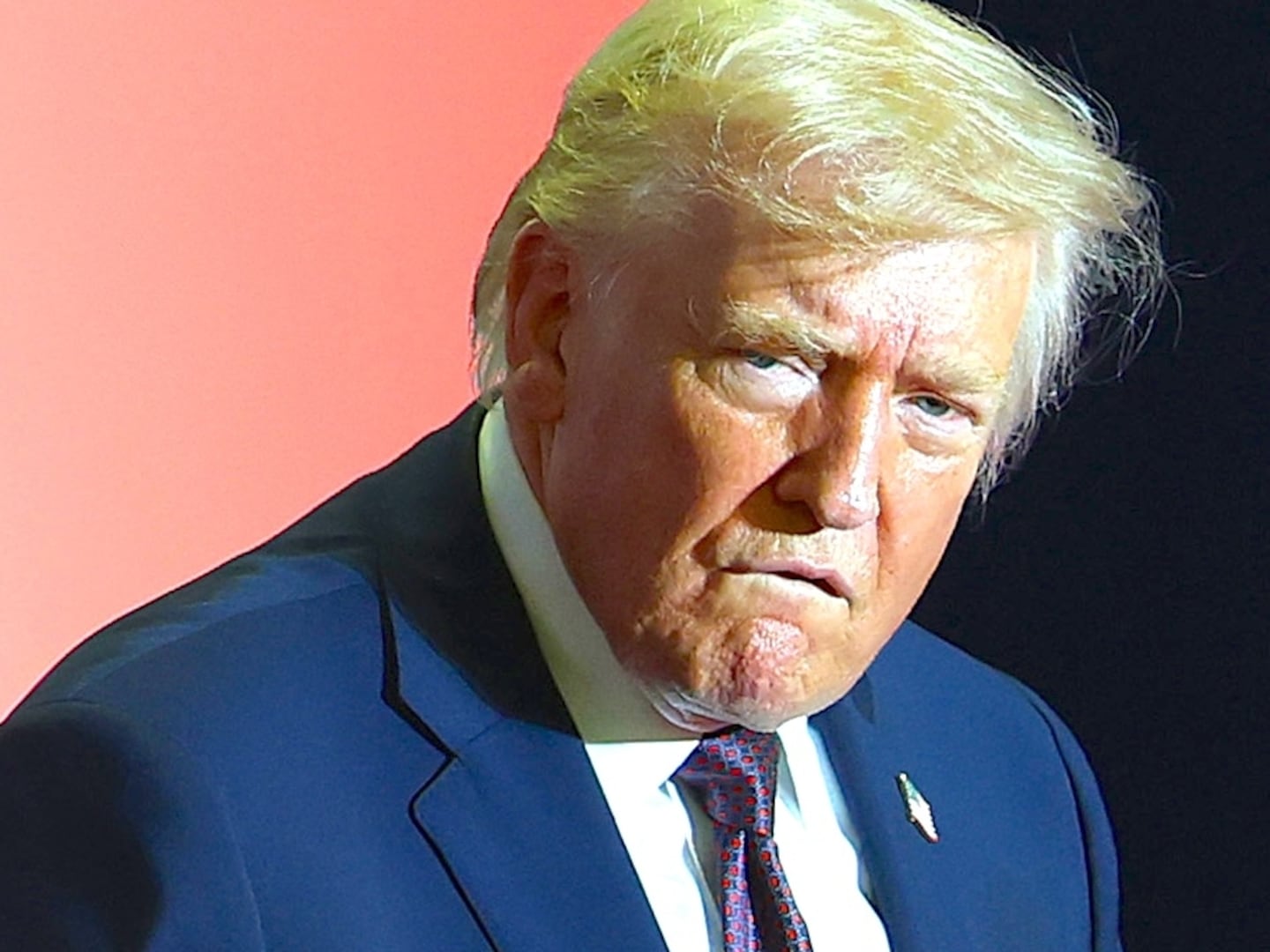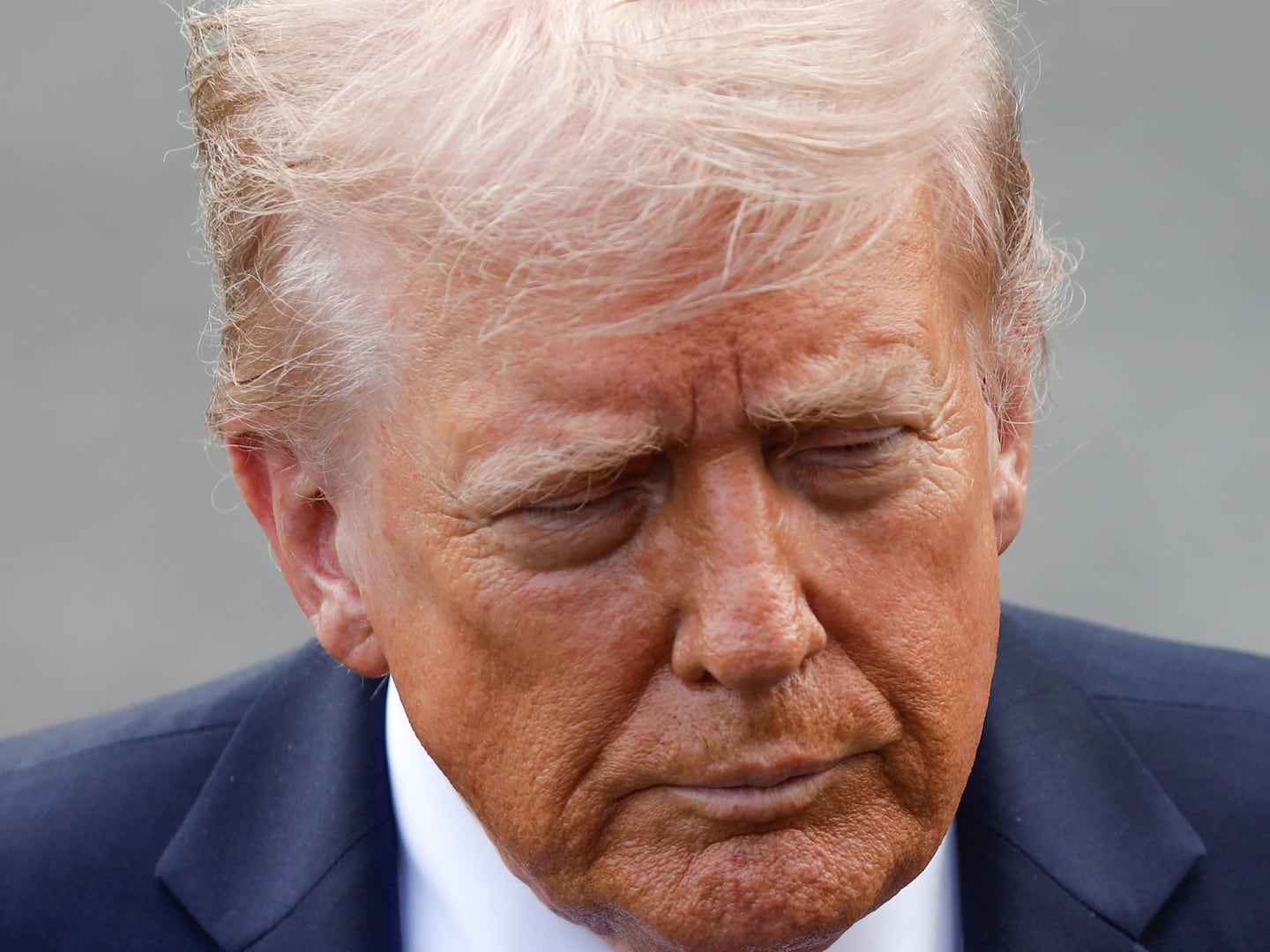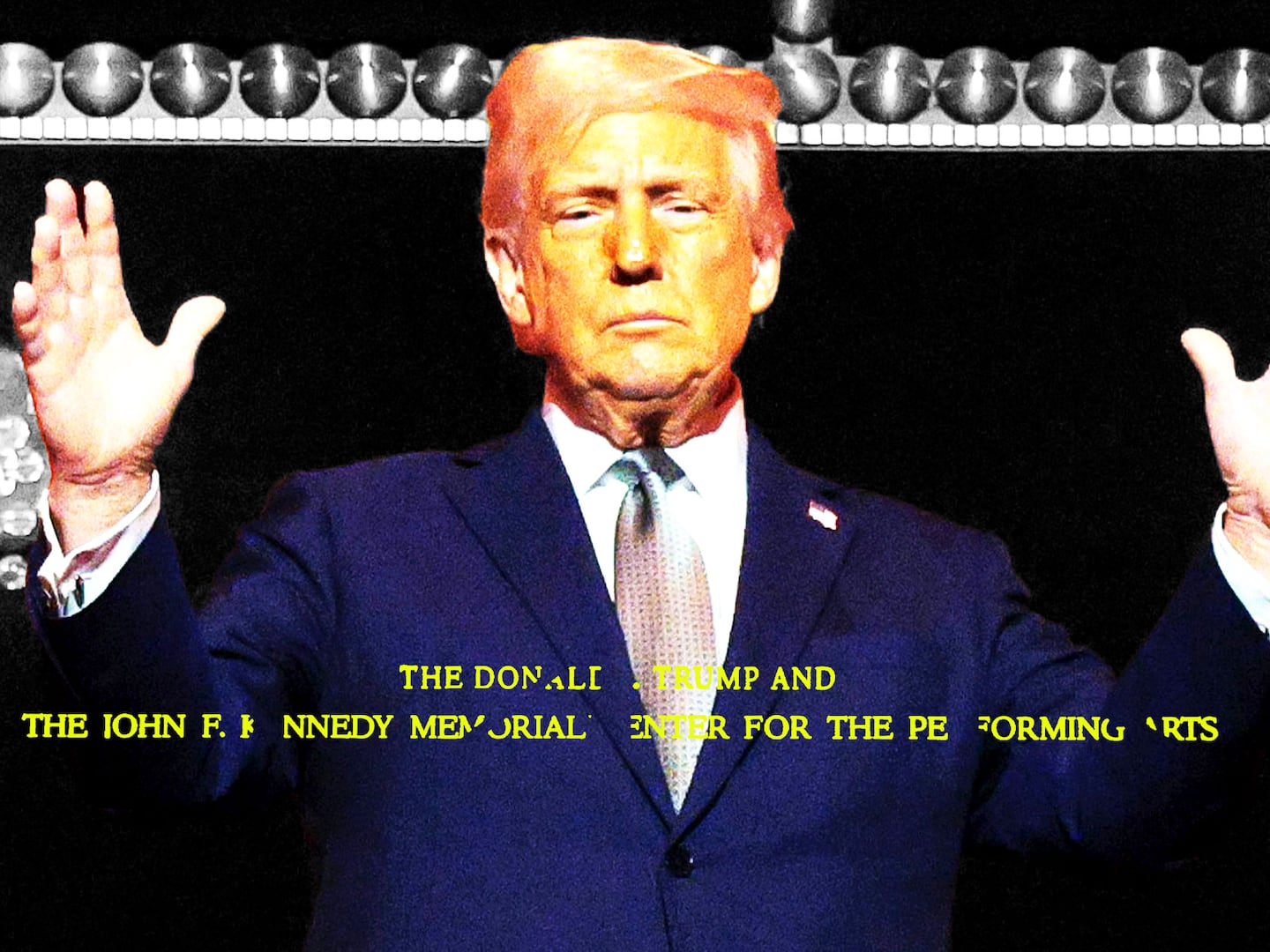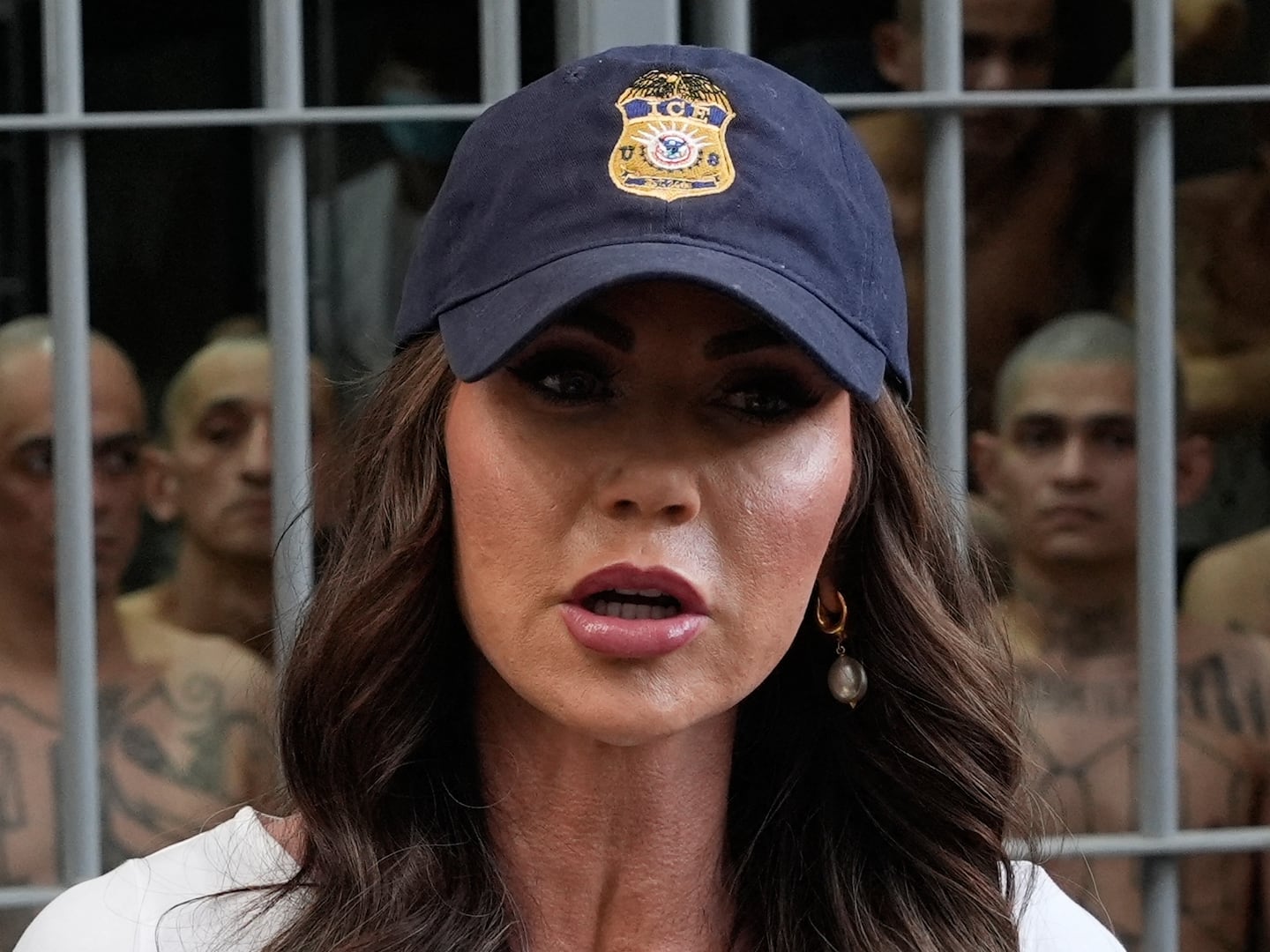Rose, 92, shows me a pair of her own grandmother’s bound-feet shoes that she takes with her as she leaves Shanghai in 1949 on a transpacific steamship at the invitation of a Christian college, first to San Francisco, “lit like fire and gold,” then via train to a small town in Texas, where she was instructed to drink from the colored student fountain.
Duc, mid-fifties, learns of the fall of Saigon from the radio of a fishing boat off the shore of Vietnam, knowing in that moment that, as a South Vietnamese, he could never go back to his country. Spending five days adrift, nearly dying from starvation and dehydration before being rescued, he still remembers the name of the American ship that picks him up. As we talk, he wears two flags pinned to his shirt—one for America, one for South Vietnam—and expresses love and concern about the future of his adopted land.
Christina, of Tatar and Korean descent, tells me the story of going overnight from popular teenager in cosmopolitan Bukhara, Uzbekistan, to a small town in New Jersey, isolated and bullied by schoolmates, even other Asian Americans. More than a decade on, she tells me about the complicated relationship she has with the U.S., the joy of her new daughter, who is American, Tatar, Uzbek, and Korean, and wonders what kind of country her daughter will grow up in.
These are Asian American stories in quintessential ways—of hope, fears, loss, and possibility—that we are familiar. These are also not Asian American stories that we hear much about. They bring nuance and breadth to the collective Asian American experience, our myths and dreams, and we need more of them.
To be Asian American in 2022 is to be self-aware and to be described—a curious, at times unsettling, feeling. News of anti-Asian crime recurs with an astonishing frequency, a pattern that, as Min Jin Lee writes, is new only with respect to the public attention. At the same time, my friends and family see in the “China Threat” a resurgence of the loyalty tests and red-scare intolerance that we thought we had left behind. There is hand-wringing by the left after the recent San Francisco school board recall that certain Asian Americans may not be as progressive as we are expected to be, while the right continues its campaign of overtly xenophobic, anti-Asian policies. The words “traitor” and “foreigner” are all but said.
At a time when many of us feel spent by the discussions of Asian identity in America, the front pages and daily news remind us that America is not done with us. These reminders are inescapable, in the reactions to the murder of Asian Americans—often women, often elderly—the hesitancy to label them hate crimes, the relative lack of coverage. Even in progressive circles, as Americans reckon with issues of systemic racism and equality, there are indirect delineations about which Asians fall under the term “people of color” and which do not. Divisions that we perpetuate, as we try to fit ourselves neatly in the current framework about America.
I was asked once, in a moment of frank honesty by a well intentioned, non-Asian BIPOC colleague and friend why I thought that Sino Americans—I’m not sure they knew or cared about the difference between China or Taiwan—like myself should be considered people of color, given we are neither Black nor brown. Stunned and somehow embarrassed, I couldn’t think of a response that would satisfy the unanswerable. Growing up a teenager in Texas, as proud as I am of being from that state, it was abundantly clear to me that no one confused me for white. But in later replaying that encounter, I’ve come to appreciate that my friend was asking something different.
The question of loyalty is always present—are you left or are you right? Are you with us or against us? Are you Asian or are you American? Despite years and decades of assimilation and allyship, our two scarlet A’s, the message is clear: we are still seen as the Other. Asian Americans have become the great Rorschach test in the debate about the American experience.

Musician John Tsung.
HandoutSomething breaks in you to hear elderly Asians at the Canal Street stop in Chinatown talk about the precise distance they should stand from the subway platform. Asian Americans have also become the punching bag of America, a channel for the undirected anger, anxiety, and resentment from every side—the disenfranchised and the establishment. I am not nearly the most vulnerable population. As a Northeast Asian man with resources and privilege, the aggression I experience is a fraction of those encountered by others. Even so, small things become signifiers. On a busy stretch of Third Avenue in broad daylight, a middle-aged, well-dressed white woman stopped me and my wife, both Asian, to scream at us to get away from her. Last week, someone rips the 福 off our apartment door. On the subway, the great litmus test of public sentiment, someone spits on my shoe, someone kicks, someone stares. I rationalize this by thinking that this is not about Asians at all—it is about power, and it is about the powerless. This too is a kind of awareness.
To be Asian American in 2022 is also to experience a third kind of awareness: to see Asian American writers, actors, and comedians dissect our experiences in startling candor. Our fears, our uncomfortableness with ourselves, our embarrassment at our culture. It is a kind of thrill to see your inner thoughts articulated with the kind of vulnerability and self-confidence that invokes for me a great awe. They show, for many in our community including myself, how to speak up. A result of this acute diagnosis of our experience is that non-Asian Americans now have a window into our experience, if mostly from a Northeast Asian, liberal, educated, voice. In a few recent conversations, though, I get the uncomfortable feeling that we are adopting some of these words of struggle and racial identity, said with truth and clarity, as the totality of our individual experience, even if it’s an awkward fit.
Maybe this is a natural reaction to having found a language to share common experiences, but it begs the question, where do we go from here? If we are being actively defined and described by the outside world, and if we now are defining who we aren’t, what we don’t like about how society sees us, what we don’t want to perpetuate, how do we talk about who we are?
I was born in Texas, but moved to Hong Kong, then Taiwan, before coming back to Texas at 10, having traded 3-year-old English for 4-year-old Cantonese then 6-year-old Taiwanese Mandarin. Ten is old enough to have your brain wired a certain way, and no matter how much I learned to uncurl my tongue, I am not wholly American, or Taiwanese-Chinese. Music was my translator.
My mom was a college student in the late ’60s, and like all college students, had a guitar that she took with her to and from Asia. Battered and nearly unplayable, I superglued the fretboard and body back together and would sit with the guitar in my lap, ostensibly doing homework, but instead playing along to the radio. I slept with the guitar until one day, perhaps no longer able to bear my plinking, my grandmother accidentally stepped on it.
For Asian immigrant friends in similar circumstances who grew up on the coasts, hip-hop was their adopted language. For me, growing in Texas, the music on the radio was country, blues, and Norteño. I was drawn to songwriters who wrote about America—who explained this new place we had moved to—Texans like Lyle Lovett and Albert Collins, songwriters like Lucinda Williams and Alejandro Escovedo.
Among all of these greats, my idols were Los Lobos, a band that was introduced to me by accident when my mother went to the music store intending to buy Gypsy Kings but left with a band from East L.A. To me, Los Lobos were the superhero version of who I wanted to be. They sang in two languages, they were fluent in almost every musical dialect, and David Hidalgo even made the violin cool. They sang of myth, of the culture and place that they came from, but they also sang of contemporary topics and dreams of the future. They were my gateway, as a non-Spanish-speaking Chinese American, to a new America.
When I began to write my album Empire Postcards in early 2020, I drew from the firsthand accounts of Asian American immigrants I’ve been speaking with as part of an oral history project about our journeys to America, crucial and often missing foundations to our history. As one interview led to another, I found myself learning not only about our journeys, but also the concerns, hopes, and dreams of Asian Americans that address but also expand beyond questions of identity and rights.
Minari, Master of None, Ali Wong, and many others had introduced a way of talking about our experience that felt different. Driven by a similar impulse, I wanted to write from the perspective of contemporary Asian Americans I spoke to, in plain American vernacular—stories I hadn’t heard widely. Stories like those of my grandparents, who didn’t finish before they passed away.
On my forthcoming album, I tried to reflect these stories of pride in survival, hope of a new country, fear of social collapse, and the collateral damages of empires. It’s worth noting that these songs were written before the pandemic, before the rise of anti-Asian hate, before January 6, and before Ukraine. To the extent they touched on coming events, it is a reflection of how a breadth of stories can help us see where we’re going, for better and for worse.
Every one of the dozens of oral histories I have had the privilege of recording, from Rose, Duc, Christina, and many others, revealed something new and remarkable about our contemporary Asian American community. They are not neatly tied stories, they are human stories—they tell of strength, struggle, resilience, but also the sexism, classism, and ageism inside our own cultures. It is why I believe that we need a broader, deeper representation of stories in our telling of who we are.
Stories of our journeys, like Linh’s, now in her thirties, whose parents, born on opposite sides of the Khmer regime, fell in love and, several months with child, traveled across multiple borders on horseback and in the undercarriage of trains and boats in order to deliver her in safety in the first of several refugee camps. As an adult, Linh is a mountaineer who has climbed Everest twice. I asked Linh why she takes such risks; she cites her parents as inspiration for summiting, the ritual of preparation bringing her joy. The point, to me, isn’t to baseline our worth in degrees of struggle, but to recognize the courage, resilience, and strength within our community.
We need more origin stories from within our community. In conversations with non-Asian Americans, many of us reach for flashpoints in Asian American history, whether it is the Japanese internment camps, Vietnam War, or the Chinese Exclusion Act, as proof of our right to be here. But for those more than 14 million Asian immigrants who came after 1960, we have experiences in our communities that are as relevant and are in danger of being lost—-first-generation activists, immigrants in the flyover states, those who braved racism and xenophobia to pave the way for us. Experiences of Asian women who are overlooked in the telling of our origin stories. At a time when we are seen as not strong or easy to push over, any one of these stories refute that indisputably.
We need more representation across countries. Asia is big and messy. One of my interviewees told me that representing Asia only with China, Korea, and Japan is like representing the U.S. only with New York, New Jersey, and Massachusetts—and leads to the same blind spots and conclusions. Countries have been colonizers and the colonized, sometimes both. Communist countries next to those that have been ravaged in the name of Communism—not to mention the subcontinent of South Asia, which so often is left out of conversations about Asian Americans.
Among Asia’s heterogenous experience, one theme comes up again and again in our interviews: war and death are within living memory in a way that is difficult for Americans and the West to imagine. Many countries are still in transition. Even South Korea and Taiwan, two of the Northeast “tigers,” have only emerged as democracies in the ’80s and ’90s, respectively. It explains why many Asians are sensitive to social instability even if we are overwhelmingly progressive. With this context, it is no longer hard to answer: how could we fit easily along the American spectrum where progressivism and socialism is on one end and social order and Christian values is on the other? Why should we have to fit at all?
Lastly, we need stories of a new generation of Asian Americans and Asian immigrants. The experiences of recent Asian immigrants, who come from other countries like Nepal, Sri Lanka, and Bhutan, carry different hopes, memories, and struggles. We have such a rich history to tell, it is tempting to only look back. But these recent immigrants come at a time when Asia and Asian culture is ascending. Who are not shy of their names or legacy. Who find our talk of Asian American identity as foreign as the rest of American culture. Who carry new hopes, and who we can better recognize and embrace—just as we are starting to tell stories of our multiracial and queer experiences.
Together, these stories—our past, our broader present, our future—form, for me, a clearer sense of the Asian American experience.
The answer to the question of where we go from here might be obvious now. For me, it is about declaring our own voice and not letting others define how it should be told–-or worse, assimilating and giving away our own memories. It is our time to declare. To embrace all of our contradictory glory. I don’t think there is only one answer to how, but I am certain that it starts with asking our parents, grandparents, friends, and neighbors, “Tell me your story.” And then tell them to all Americans—and in doing so, say, here is our story and our contribution to the great reimagining of America. Most of all, for our future descendants, it says, you belong. We all belong.
Excerpt from “Eastern Standard”:
Here I stand in
no man’s land
two continents
two endings
Now oriented
new world man
on Eastern Standard
burning
Don’t give it away
Don’t give it away
Stand tall for your name
Stand tall.
Resources:
